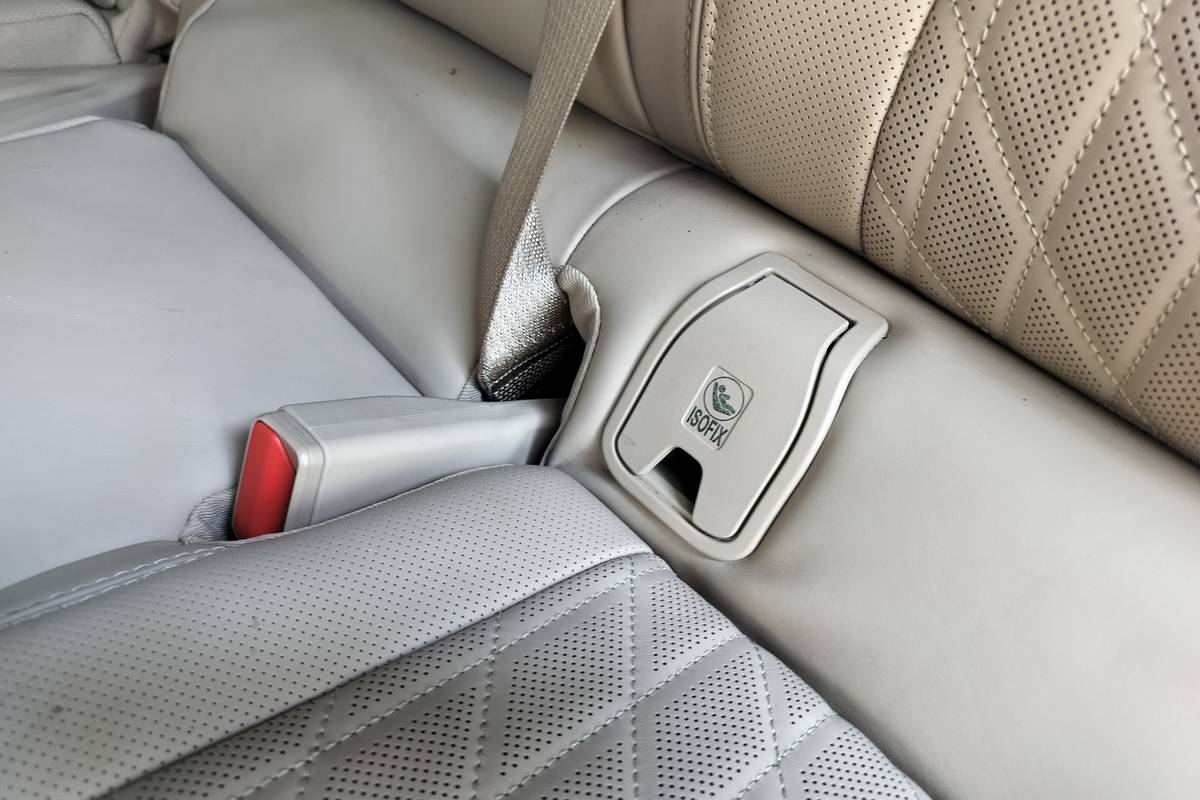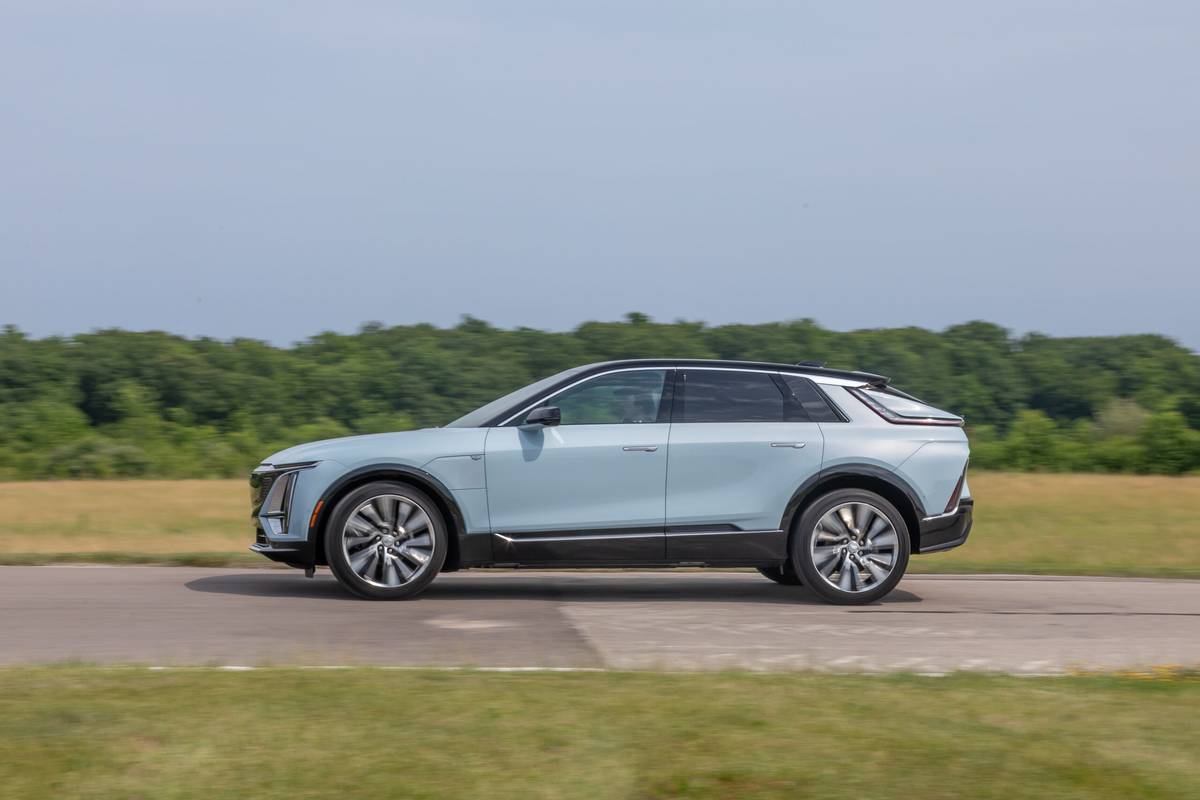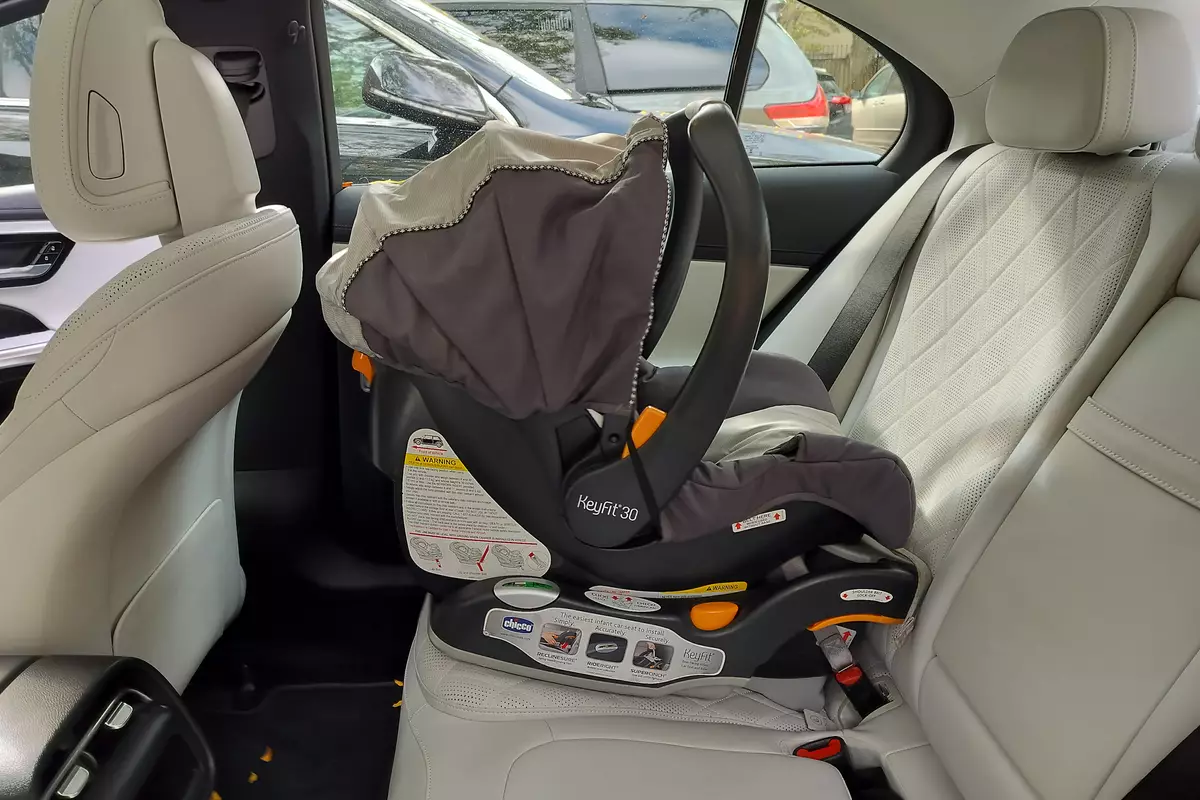TheMercuryNews.com's view
With the XL-7, Suzuki goes from sidekick to center stage on America’s SUV shopping list.
The Japanese automaker has been selling sport-utility vehicles to U.S. buyers since 1985. But they’ve mostly been low-priced machines destined for bottom-of-the-market buyers. Plus, the company has had a hard time recovering from the 1988 controversy where Consumer Reports said the Samurai was more prone to rollovers than other SUVs.
In the decade since, the Samurai disappeared. Then the Sidekick and Sidekick Sport appeared and disappeared.
These were all cute-utes, a somewhat derogatory term for the small SUVs on the market, although Suzuki’s versions were more rugged and spare than some others.
Then, in 1999, the Vitara and the V-6-powered Grand Vitara arrived. These were seen as better quality, more mature vehicles than what Suzuki had offered in the past. And buyers responded, as sales topped 40,000 in 2000 (up from 34,000 in 1999).
This brief bit of history sets the stage for the XL-7. Officially, this is the Grand Vitara XL-7. After all, that’s what the name on the back of the spare-tire cover reads. But rather than just a trim-level package, the XL-7 represents a big step forward for Suzuki.
That’s big as in a 110.2-inch wheelbase that’s 12.6 inches longer than the Grand Vitara. That’s big as in a body that’s 183.7 inches long, or 19.1 inches longer than a Grand Vitara. And that’s big as in third-row seating, a first for Suzuki, and something that’s quickly becoming a must-have feature to many SUV buyers.
This is one case where numbers do tell the story. The XL-7 is longer than a Nissan Xterra. It’s longer, wider and taller than a Jeep Cherokee. And neither the Xterra nor the Cherokee is a cute-ute. Both are considered low-end, mid-size SUVs. And that’s where the XL-7 plays, too.
And, priced from $20,299 for the two-wheel-drive, manual-transmission version to $24,999 for the four-wheel-drive, auto-tranny, Touring version, the XL-7 competes neatly against the V-6 versions of the Xterra ($19,589-$26,639), the soon-to-vanish Cherokee ($20,990-$23,970) and the new Hyundai Santa Fe ($18,734-$22,434).
Yet, despite its larger size, Suzuki continues to position itself — and the XL-7 — against other small sport-utilities, such as the Toyota RAV4, Honda CR-V and Ford Escape.
Powering the XL-7 is 2.7-liter, all-aluminum V-6 that generates 170 horsepower and 178 pound-feet of torque. It’s a loud, functional engine that motivates this 3,700-pound vehicle without much problem. It’s a step up from the 155-horsepower, 2.5-liter V-6 found in the Grand Vitara, but a fairly mild step up.
On road, the XL-7 is an average performer with predictable steering and handling. Off road, the XL-7 gets a bit more personality and responds well when dirt and rock are below its tires.
Standard features on the XL-7 include air conditioning, cruise control, tilt steering and remot e keyless entry. A first-air kit and power windows, locks and mirrors are on all XL-7 models, too.
The nearly top-of-the-line Touring model we tested came with a full assortment of amenities including rear AC, an in-dash CD player and anti-lock brakes.
Consumer Reports remains unimpressed with Suzuki and its products. Of the Vitara/Grand Vitara/XL-7 family, the just-out April 2001 auto issue describes its automatic transmission as “crude,” its ride as “stiff and rubbery” and its reliability as “below average.” I didn’t note any flaws on our test model, however.
To me, the biggest problem with the new XL-7 is its biggest selling point — the third row of seats. I mean, who wouldn’t want the ability to carry seven passengers when you need to do it? The problem is that the Suzuki XL-7 is really a five-passenger vehicle with seven seats. The additional 19 inches of length just isn’t enough room for adding a functional row of seats.
As another auo riter told me recently, your passengers can choose to sit in the second row of seats or in the third row of seats, but not in both. The second row of seats move forward and backward, which is a good idea. But move them back to give the second-row passengers enough leg room and there’s not enough for those in the third row. Or move them up to give third-row passengers leg room and it’s the second-row sitters who get cut off at the knees.
And, despite what Suzuki says about wider rear doors, getting in and out of the rear seat is quite a chore.
Luckily, all these seats are split and they fold, so there’s plenty of configurations possible and a quite large amount of maximum cargo room, when needed.
In shape, size and savvy, the XL-7 is a good move for Suzuki. And for buyers who want more, but want to pay less for it.
Latest news



